Of the peach belongs to the genus Prunus and the rose family (Rasaceae). They belong to the stone fruit and are particularly popular as summer fruit. There are countless varieties that not only look different, but sometimes also taste different.
What you should know about the peach

Peach trees reach heights of up to eight meters. The branches are colored reddish on the sunny side, while the other side is green. They are bald and growing straight. The leaves are divided into leaf blades and petioles and arranged alternately on the trunk. Their leaf margins are double and have fine teeth. The top and bottom of the leaves are bare and dark green.
In Central Europe, the peach tree blooms in April. The peach itself is a spherical stone fruit with a diameter of up to ten centimeters. A longitudinal furrow marks the outside of the fruit. They are mostly yellow or pale green in color, turning reddish on the sunny side. Peaches are smooth, but still have velvety hairs. The flesh of the fruit has multiple views and is mostly orange or pale green in color. It's also extremely juicy. The core, which lies in the middle of the peach, has deep indentations and a thick skin. It is hard and cannot be eaten, as is the case with apples, for example.
For example, peaches come in red, yellow and white fleshed varieties. Some are not stone-releasing, others stone-releasing. Some well known are Red Haven, Suncrest and Weißer Ellerstädter. Due to their intense taste and smell, red mountain peaches are rarely eaten raw, but mainly processed into liqueur or jam. Varieties or hybrids of the peach are the so-called flat peach and the nectarine.
The main growing areas are Italy, Spain and China. In southern China there is also first evidence from over 8000 years ago regarding the breeding selection of peaches. The fruit first reaches Persia via China before it came to Greece. From there it was brought to Central Europe by the Romans.
Today peach trees grow in all areas where there is a dry and warm climate. They have spread all over the world, and in Germany they thrive mainly in areas with viticulture. These include the Rhineland or the Palatinate.
When ripe, peaches taste very juicy and are pleasantly sweet. If they were harvested too early, they are usually still quite hard and have a rather sour taste. They also taste less strong. The first peaches from Italy and Spain will come to Germany from May. However, the high season is in summer. It is between July and September. The peaches that can be found in the trade in the other months mostly also come from Argentina, South Africa and Chile.
Importance to health
The peach is not only extremely tasty, but also healthy. It contains various vitamins and minerals that the body needs. In addition, the water content in peaches is quite high, which is why they are particularly refreshing in summer and help to maintain enough liquid. They are a healthy alternative to sweets and are also popular with children.
Peaches strengthen the immune system and help against stress.They strengthen the cells and generally contribute to better well-being. It is particularly important to wash the fruit before consumption, as pollutants and insecticides can build up on the peach's outer skin.
Ingredients & nutritional values
| Nutritional information | Amount per 100 gram |
| Calories 39 | Fat content 0.3 g |
| cholesterol 0 mg | sodium 0 mg |
| potassium 190 mg | carbohydrates 10 g |
| protein 0.9 g | vitamin C 6.6 mg |
100 grams of the fruit contain around 39 kilocalories. 87 grams of it alone are covered by water. Peaches hardly contain any fat. The same amount is just 0.3 grams of fat. On the other hand, peaches contain some minerals. These include calcium, magnesium and potassium. For example, 100 grams contains 105 milligrams of potassium. The provitamin A contained is processed into vitamin A in the body.
Otherwise some B-group vitamins are also included. The peach is not one of the fruits that provide the most vitamin C, but its content is not to be despised. The daily requirement of vitamin C is covered to 13% with 100 grams of peaches. With potassium it accounts for 9% and with magnesium 3%. In addition to 1.9 grams of fiber and 8.9 grams of carbohydrates, peaches contain around 0.8 grams of protein.
Intolerances & allergies
Allergies to peaches occur primarily around the mouth. This form of intolerance is known as oral allergy syndrome. After the apple, the peach is the second most common cause of this type of intolerance in fruit. Other reactions, however, are rather rare. Some people may react to peaches with gastrointestinal discomfort. In Central Europe, typical allergic reactions are swelling and itching in the mouth area. Burning or pain can also occur. In severe cases, blistering can be expected.
In addition, a peach allergy in pollen allergy sufferers can also be traced back to birch pollen. The leaves of a peach can also trigger contact reactions here. Less commonly, rhinitis or bronchial asthma can occur. The main allergen in peaches is in the skin of the fruit - less so in the meat.
Shopping & kitchen tips
Care should be taken with the skin when buying peaches. If it is intact and plump, the peach is still fresh. If the fruits are already soft or wrinkled, they should not be bought. They are fully ripe when they give off a sweet scent.
If they are bought in this condition, they should be consumed as quickly as possible. Many people prefer to buy peaches when they are still slightly hard and let them ripen for a few days at room temperature. As they are very sensitive to pressure, peaches should be handled with particular care. The fruit can be stored for four to five days in the fridge's vegetable compartment. The fruit should be washed and patted dry before consumption. Then it can be halved and the stone removed. After that, the peach can be processed according to need and recipe.
Preparation tips
It can either be eaten straight away or used as a base for desserts, pies, drinks and cakes. It is often used as a topping for fruit cakes. In France, peaches are often cooked or poached. They can be made into jam or compote and can be served with raspberry pulp, for example.
Savory dishes can also be prepared with peaches. Together with chicken and rocket, peaches can be processed into a summer salad. Another option is to combine pork tenderloin and gratinated toast with peaches. You can also garnish muesli or other grain products with the fruit. It can be made into yoghurt drinks or shakes and is also suitable as an accompaniment to rice pudding.


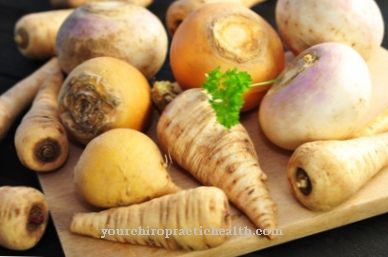
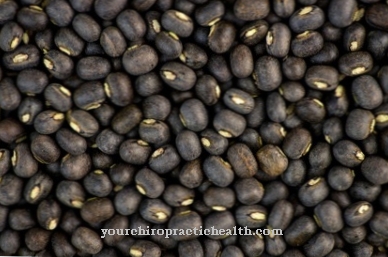
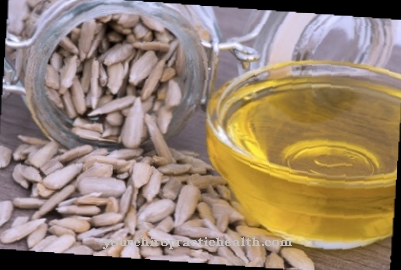
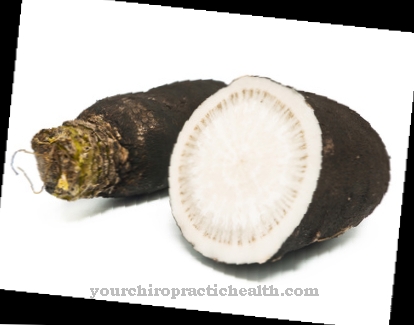
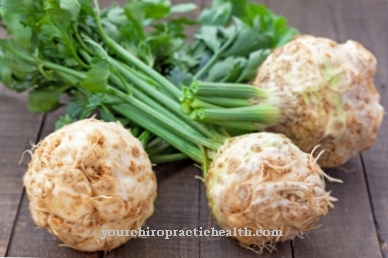

















.jpg)



